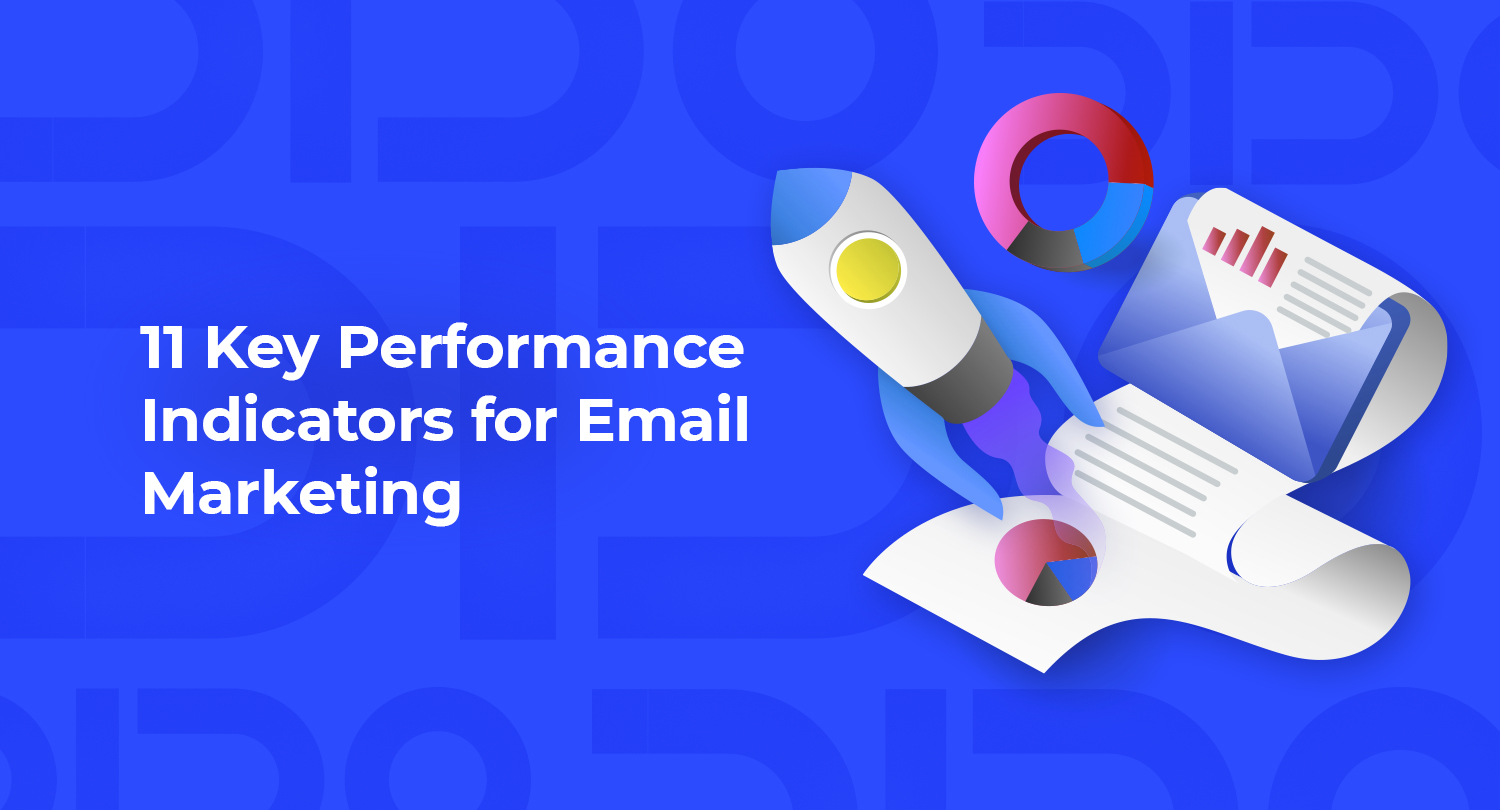The effectiveness of Internet marketing is measured using a large number of indicators. They are called KPI – key performance indicators. With the help of KPIs, you will be able to formulate goals and evaluate the effectiveness of the work done, no matter what your company’s marketing strategy is. KPI always displays a specific purpose that can be measured.
To succeed in email marketing, you need to focus on two things: email deliverability and content performance.
In this article, we’ll cover the most successful metrics for your email campaigns.
1. Delivery Rate
2. Open Rate
3. Mobile Open Rate
4. CTR (Click-Through Rate)
5. Customer Retention Rate
6. Bounce rate
7. Churn rate
8. Conversion Rate
9. ROI (Return Of Investments)
10. Returning Visitor Rate
11. Spam score
1. Delivery Rate
The first thing that is usually important after sending an email is whether it was delivered. That is, the recipient’s server received your message. In the case of a severe problem, you will see a sharp drop in deliverability. This may mean that you were completely blocked.
As long as the database is clean, deliverability should be 99% or higher.
Pay attention to the situation when the percentage of deliverability drops below 97%. You may need to rethink your address collection practices.
2. Open Rate
The open rate of email is the percentage of total subscribers who opened an email campaign. This number gives you a good idea of engagement and helps you set a benchmark. 25%-30% is a fantastic open rate, so aim for it.
3. Mobile Open Rate
Are you optimizing your content for desktop, mobile, or both? Are you testing all major mobile devices correctly? While it’s not always possible to determine the device or type of devices used to open mail, do so whenever possible.
4. CTR (Click-Through Rate)
Click-through rate (CTR) describes how often an email, search result, or paid ad results in a link being clicked to a specific landing page.
CTR is used as a key performance indicator when a user is expected to interact with email, ads, or search results. Usually, a higher CTR means more people are one step closer to making a purchase.
5. Customer Retention Rate
It’s easier to sell to an existing client than to attract a new one. CRR shows how users behave on the site: they buy once or after a while, and return for purchases. A good CRR tends to be 100%. If the indicator drops, analyze what has changed in customer service.

6. Bounce rate
The bounce rate for your site is the percentage of users who land on the site and immediately leave after viewing only one page.
The bounce rate as a key performance indicator shows the need to improve the site’s usability and user experience. By adding more internal links, creating new content, or updating old content, you can help improve your site’s bounce rate.
7. Churn rate
A business must continually expand its contact base. You will achieve this goal if you create conditions under which the number of new customers will exceed the number of those who leave. The churn rate shows the percentage of subscribers who unsubscribed from a mailing list in a given period. For example, if out of every 1000 service subscribers 150 leave every year, then the annual churn rate will be 15%. Depending on the specifics of the business, you can consider an annual indicator or measure it every month. An annual customer turnover of 5% is acceptable for many companies, but 5% per month says that things are bad.
8. Conversion Rate
Conversions are a specific target action that visitors took during their visit to the site. Such actions usually mean a request for a callback, an online chat, an incoming call to a call center, placing an order through the basket, and any other actions during which the visitor left you his contact information or contacted your company.
9. ROI (Return Of Investments)
The return on investment indicator, an advertising ROI indicator, shows the ratio of the amount of profit (loss) and investment. It is calculated as total revenue (minus marketing expenses) divided by marketing expenses multiplied by 100%.
10. Returning Visitor Rate
This indicator shows how many people returned to the site. Allows you to assess the interest of users in the site – the higher the percentage of returns, the better. It’s calculated by dividing the number of return visits by the total number of visitors.
11. Spam score
Reporting unsubscribe rates is significant to understand how many people have entirely lost interest in your efforts or brand.
To reduce unsubscribe rates, limit the frequency of sending to less interested customers and make your newsletter relevant to the customers who receive it. The unsubscribe rate must be below 0.5% at the campaign level. Spam complaints must be less than 0.01% of your mailings.
We looked at the main metrics and KPIs. They allow you to evaluate the effectiveness of business processes and determine the strengths and weaknesses of the strategy. Marketers track performance metrics. For example, to evaluate the effectiveness of an advertising campaign. Indicators don’t affect the future. KPIs are the opposite: they influence the future and allow Internet business owners to analyze and compare the results of business processes with competitors.
